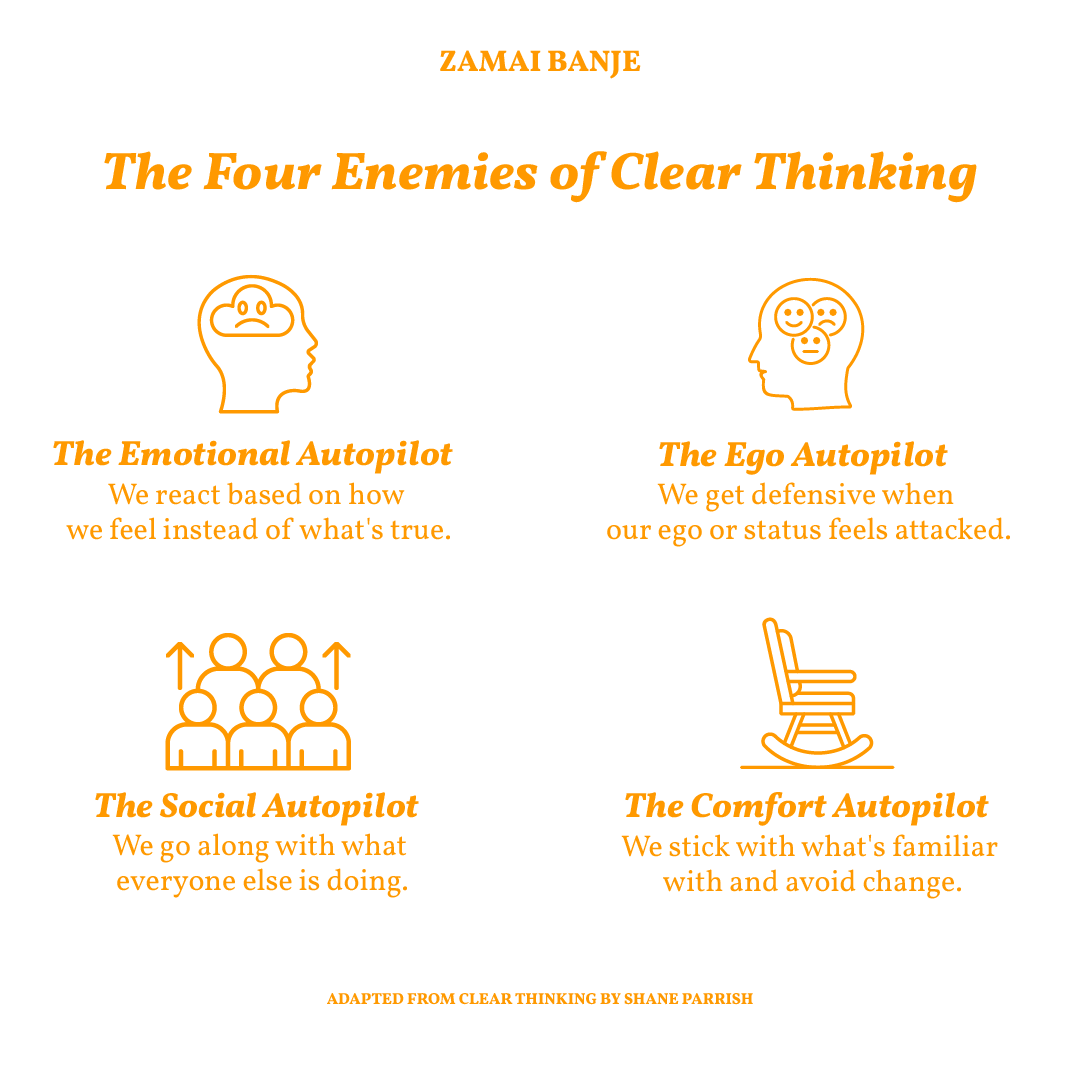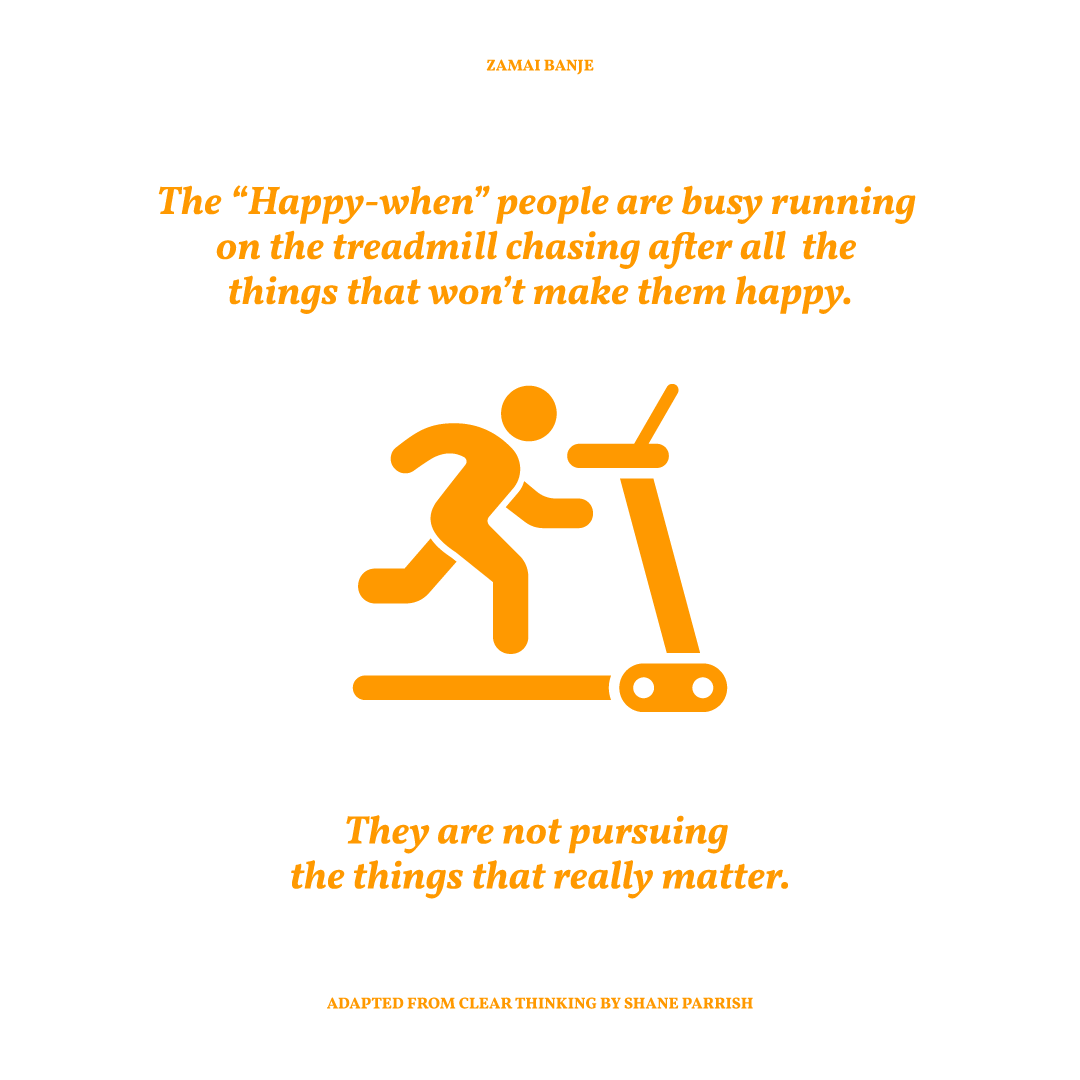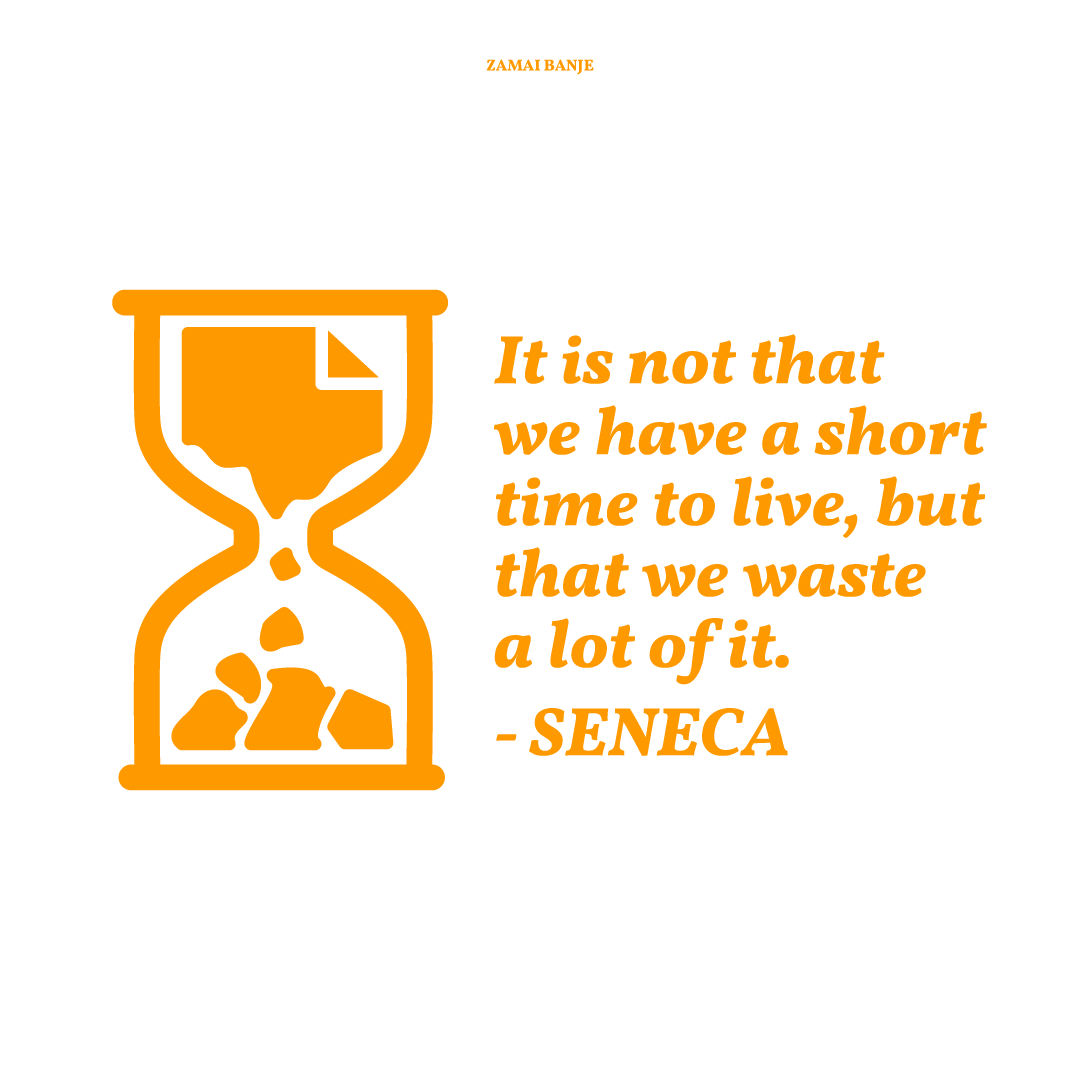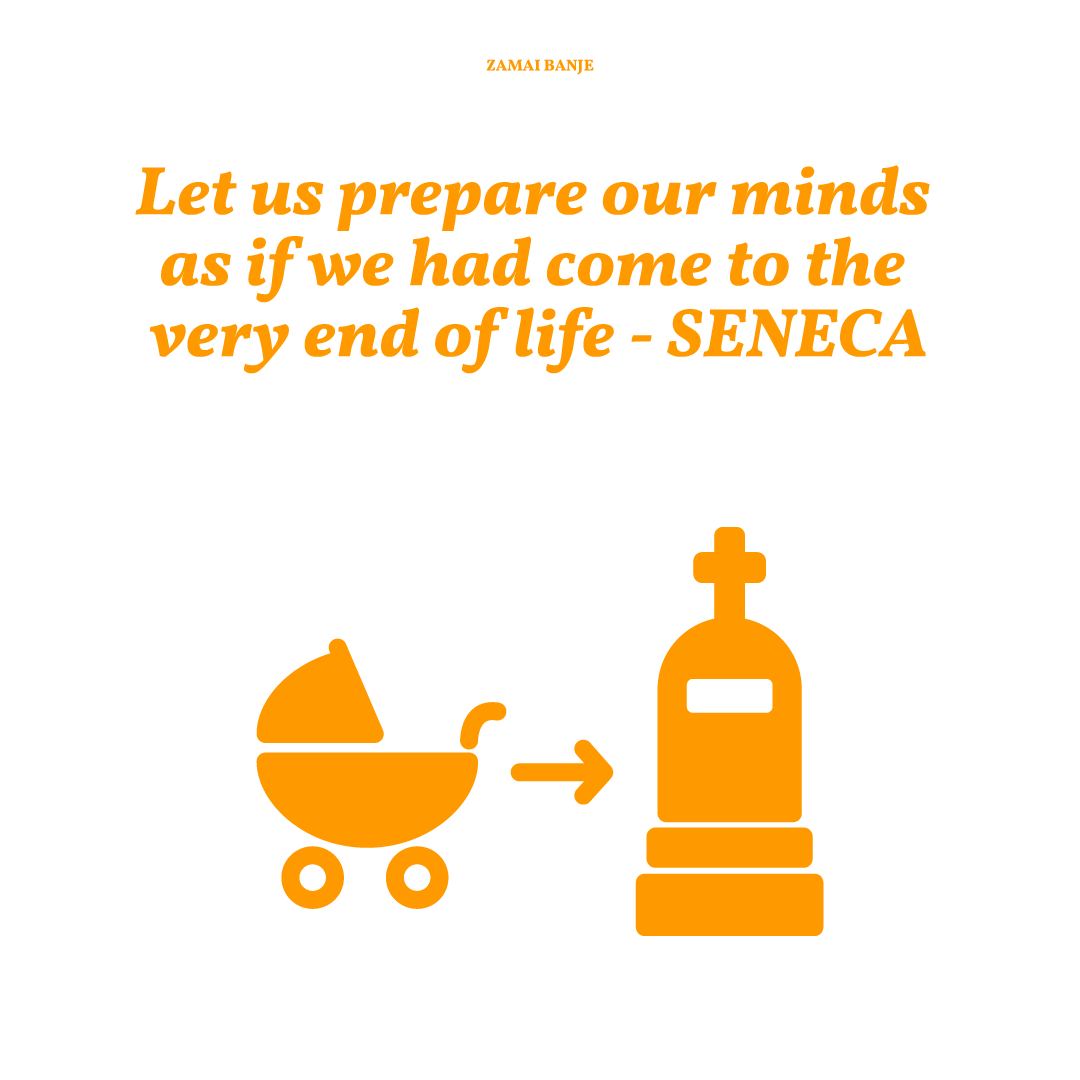The skills and abilities that you possess won’t be useful if you’re not in the right environment.
You can be the most disciplined, talented, well-intentioned person in the world. But if your surroundings don’t support your goals, you’ll always be swimming against the current.
Think about it:
- You sit down to work, but your workspace is cluttered. Your brain, too, becomes cluttered.
- You want to grow wealth, but everyone around you spends faster than they earn. You’ll eventually start doing the same.
We like to believe that “willpower” can overcome all this. But willpower is a weak soldier in a toxic environment.
The truth is that your surroundings shape your choices long before your mind gets a say.
Why Your Environment Matters More Than You Think
Your environment isn’t just background noise.
It’s the director of your life’s movie. Your environment shapes habits, opportunities, and even your mindset without you noticing.
There are four major reasons the environment matters more than most people admit:
- Money
- Opportunity
- Family
- Standard of living.
1. Environment Creates or Limits Money
Money doesn’t flow evenly; it follows opportunity.
A talented young designer in Lagos might earn ₦200,000 monthly, but the same person in London could earn £3,000 doing the same work.
Same person. Same skills. Different environment. Different destiny.
The currency you earn in, the industries available to you, and the market rates for your skills are all environmental factors.
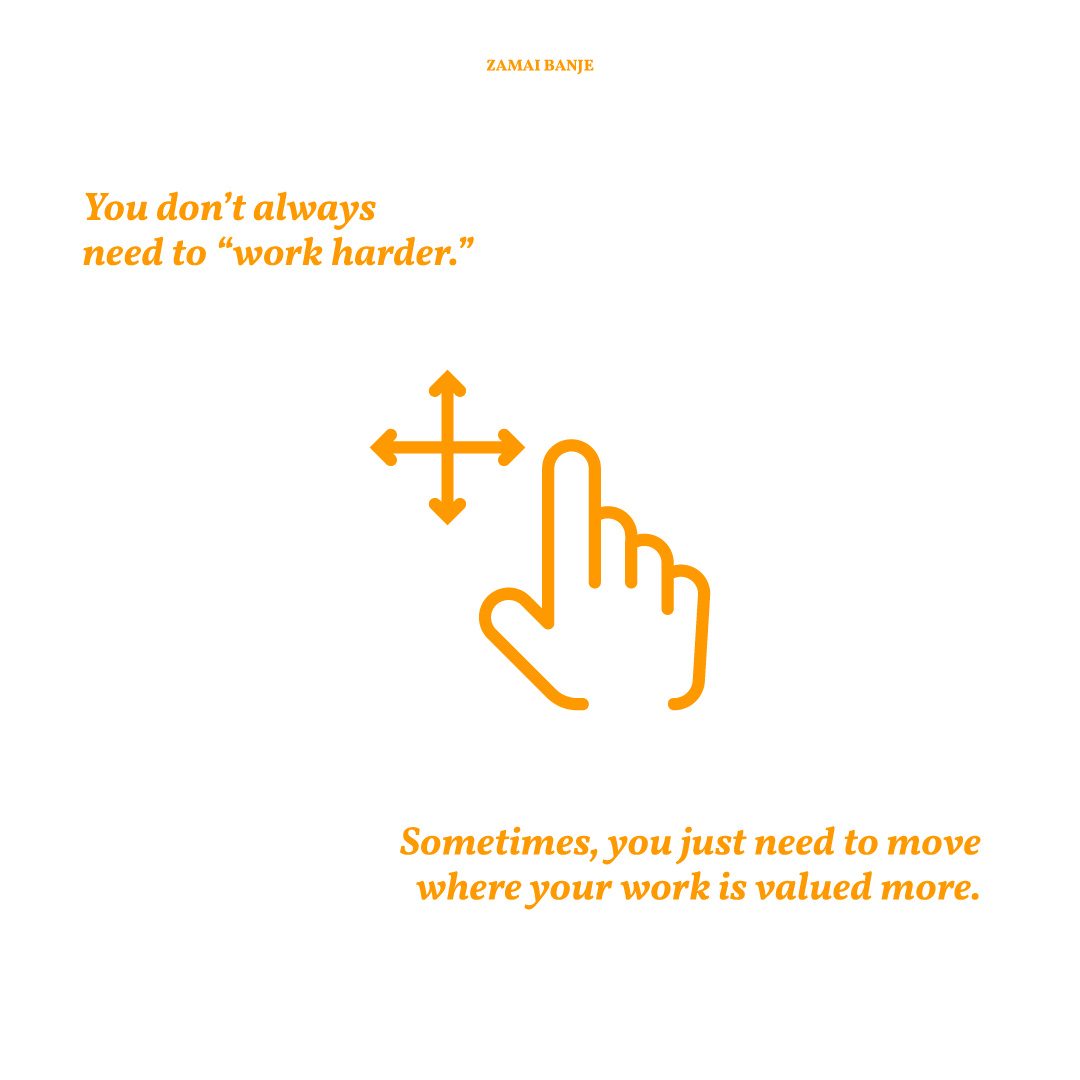
Environment is Destiny
That’s why people migrate, relocate, or switch industries. They’re not always running away from home. They’re running toward abundance.
2. Environment Determines Opportunity
Opportunities aren’t equally distributed.
They cluster in specific environments. Every environment has a “room” and a “ceiling” for opportunities.
For instance, if you want to work in tech, Silicon Valley, Austin, Berlin, or Lagos (with its growing tech scene) offer exponentially more opportunities than a small town.
If you’re a footballer, playing in Europe beats playing in the Nigerian league for visibility and development.
Your environment determines who you meet, what doors open, and what possibilities you can even see.
You can’t take an opportunity you don’t know exists. You can’t network with people you never encounter.
If you’re surrounded by people who are satisfied with mediocrity, you’ll unconsciously settle too. But if everyone around you is striving for more, you’ll be pulled upward by default.
3. Environment Shapes Family and Relationships
Show me your friends, and I’ll show you your future.
This old saying is true because your environment includes the people in it.
Ever noticed how kids raised in high-trust environments grow up more confident? Or how families in chaotic neighbourhoods tend to stay in survival mode?
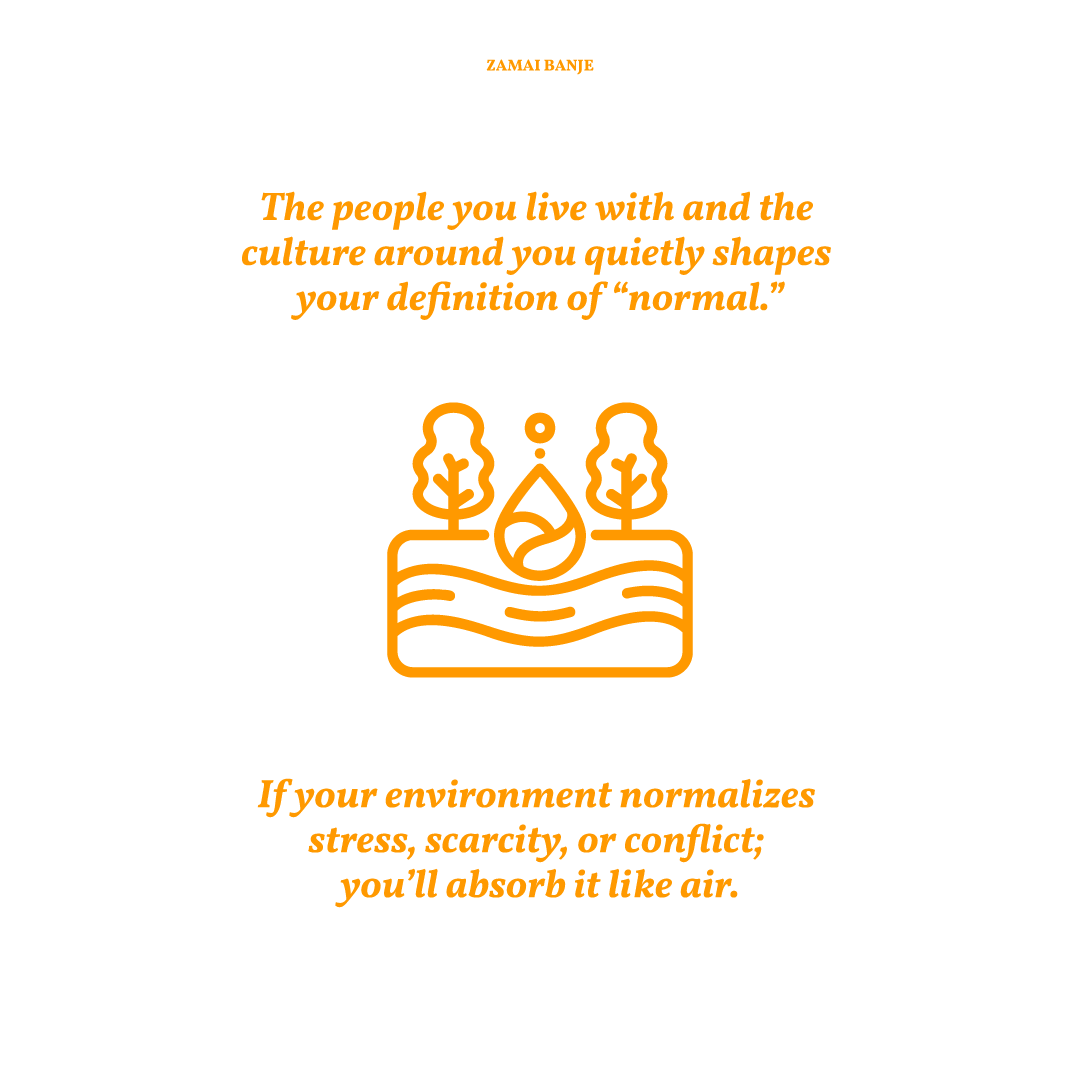
Environment is Destiny
The people in your environment set your reference point for what’s possible. They either expand your vision or limit it.
Change your environment, and you often change your family’s destiny too.
4. Environment Defines Your Standard of Living
Even if you earn well, living in a city with bad roads, poor power, or unsafe neighbourhoods can drag your quality of life down.
Your mental peace is also part of your wealth.
So when you see people moving abroad for “a better life,” it’s not just about the money. It’s about the right environment for peace, growth, and potential.
A better environment means less friction in every aspect of life. It means spending less energy on survival and more energy on growth.
These are the 4 major reasons on why your environment matters so much. Before we talk about changing environments, let’s define what we mean by destiny.
What Exactly Is Destiny?
Let’s clear something up. Destiny isn’t fate.
Fate is what happens to you. Destiny is what you’re capable of becoming.
Destiny is not pre-written in the stars; it’s written in your choices, which in turn are shaped by your environment.
It’s the full realisation of your potential. Destiny is becoming the best version of yourself and achieving the goals that matter to you.
Destiny is your highest self expressed under the right conditions.
Think of it like a seed. Even the best seed won’t grow if planted in dry, infertile soil. But place it in rich, nurturing ground, and it blossoms effortlessly.
Your environment is that soil. That’s why people say, “That guy changed when he moved.” Of course he did. The new environment permitted him to become who he always was inside.
The Invisible Link Between Destiny and Environment
Here’s something worth remembering: You don’t rise to your goals, you fall to your environment.
- If you want to be disciplined, make discipline easy.
- If you want to build wealth, make wealth visible and accessible.
- If you want to stay consistent, make inconsistency inconvenient.
Your destiny doesn’t emerge from motivation; it emerges from design. And the smartest people design their environments to make the right actions automatic.
That’s how James Clear put it in Atomic Habits: “You do not rise to the level of your goals, you fall to the level of your systems.”
These systems live in your environment.
How to Rearrange Your Environment to Rewrite Your Future
The beauty of this truth is that you can design your own environment.
You don’t always need to move countries or quit your job immediately. Sometimes it starts with micro-shifts that compound.
Let’s break it down.
The Power of Micro-Changes: Redesigning Your Immediate Space
Small tweaks can change your behaviour dramatically.
- Rearrange Your Home
If your home looks like chaos, your mind will too.
Make your environment work for you, not against you.
- Keep your reading chair near a window (natural light boosts focus).
- Keep your phone away from your bed.
- Place your journal on your pillow so you see it every night.
- Stock your fridge with the food that supports your energy, not drains it.
The goal is simple: Make good behaviours obvious and easy. Make bad behaviours invisible and difficult.
- Rebuild Your Workstation
Your workspace directly impacts your productivity.
The design of your workspace decides how often you get into flow. Have everything you need within reach. Keep visual distractions out of sight.
Even a simple habit like clearing your desk before bed can make mornings feel purposeful.
Your desk should whisper: “Let’s work.” Not scream: “Run away.”
- Recreate Your Friend Circle
Your environment includes people, too.
Here’s the truth: You become the average of the five people you spend the most time with. If those five people are complainers, you’ll complain. When they’re dreamers, you’ll dream. If they’re builders, you’ll build.
To recreate your friend circle, you don’t need to cut people off cruelly.
Just spend more time with people moving in your direction. Join communities aligned with your goals. Attend events where your future self would hang out.
Gradually, your circle will shift. And as it shifts, so will your behaviour and your results.
Macro-Changes: Relocate When Necessary
Sometimes micro-changes aren’t enough.
You can’t stay in a desert and complain that nothing’s growing. If your environment is fundamentally limiting your destiny, you may need to take a bigger leap.
- Change Your Workplace
Your workplace environment has a massive impact on your career trajectory.
Your workplace is where you spend most of your waking hours. Make sure it’s pushing you forward, not holding you back.
If your office culture stifles creativity or rewards mediocrity, you’ll shrink to fit in. Find a workplace that stretches you instead.
A good environment doesn’t just pay better; it makes you better.
- Change Your City
Cities have personalities and specialisations.
Certain cities are built around certain values. Some value connection, others innovation, others just survival. If your goals don’t align with your city’s strengths, you’re fighting a lost battle.
Yes, moving to a new city is scary and expensive. But staying in the wrong city is costlier in the long run.
Every year you spend in an environment that doesn’t support your goals is a year you can’t get back.
- Change Your Country (If You Can)
This is the boldest move. And for many, the most impactful.
When Nigerians talk about japa, it’s often painted as desperation. But it’s really environmental evolution.
They’re not escaping home; they’re simply seeking a soil where their potential can bloom fully.
Migration, at its core, is a bet on your environment.
Real-Life Wins: Success Stories from Environment Shifts
The list is long, but let’s highlight a few who prove this truth daily.
Harry Kane: Tottenham’s star striker, trophy-less for years. He made a move to Bayern Munich in 2023.
Immediate silverware won: Bundesliga titles, Champions League runs. Bayern’s elite setup unlocked his destiny.
Lionel Messi: Argentina’s prodigy, limited by local infrastructure. 2000 move to Barcelona at 13? Access to elite coaches, medical care, and world-class facilities.
Spain’s system nurtured his gift, transforming potential into greatness. Same talent. Different soil.
Vincent Kompany: As Burnley’s manager, he faced relegation woes. Kompany then had a career jump to Bayern in 2024.
Now, his tactical brilliance shines, leading to top-table contention. Environment elevated Kompany’s coaching legacy.
Chimamanda Ngozi Adichie: Began writing in Nigeria but truly found her global voice after moving to the U.S. for university.
Exposure to different perspectives deepened Chimamanda’s storytelling and widened her reach. Her environment expanded her stage, but her talent was already there.
The Japa Success Stories: Every year, thousands of Nigerians relocate abroad and transform their lives. The stories are everywhere:
The nurse earning ₦80,000 in Nigeria who now earns £2,500 monthly in the UK (a 35x increase in real terms.) The software developer who went from an unstable power supply and ₦300,000 salary to reliable infrastructure and $8,000 monthly in Canada.
These aren’t exceptions. They’re the rule. When talented, hardworking people move from limiting environments to enabling ones, they thrive.
The Silent Enemy is Environmental Stagnation
Staying in a dead environment is like keeping a plant in a pot that’s too small.
You can water it all you want. It won’t grow anymore. The danger of stagnation is comfort.
We convince ourselves that “it’s not that bad.” But every year spent in the wrong environment chips away at your potential.
If you feel stuck, drained, or uninspired, don’t just blame yourself.
Ask: What is my environment training me to become?
How to Know When It’s Time to Move
Here are signs your environment is no longer serving your destiny:
- You’re working hard but not growing.
- You feel invisible or underused.
- You can’t find people who challenge or inspire you.
- You spend more time surviving than creating.
- You daydream about leaving more than you actually live.
When those signs stack up, that’s not a phase. It’s a message. Your destiny is whispering, “It’s time.”
How to Design an Environment That Elevates You
If moving physically isn’t possible yet, start mentally. Here’s how:
- Curate your digital world: Follow accounts that inspire growth. Mute negativity. Turn your timeline into a classroom, not a circus.
- Build a virtual tribe: Join communities that share your goals. You don’t need proximity anymore. Just a connection.
- Design your routines: Wake up to inspiration, not noise. Start your day in silence, end it with reflection.
- Invest in access: Sometimes, the key to a better environment is paying for entry. Attend courses, conferences, and mentorships. These are shortcuts to rooms that shift your mindset.
- Let go of guilt: Changing your environment doesn’t mean betraying your roots. It means watering them properly.
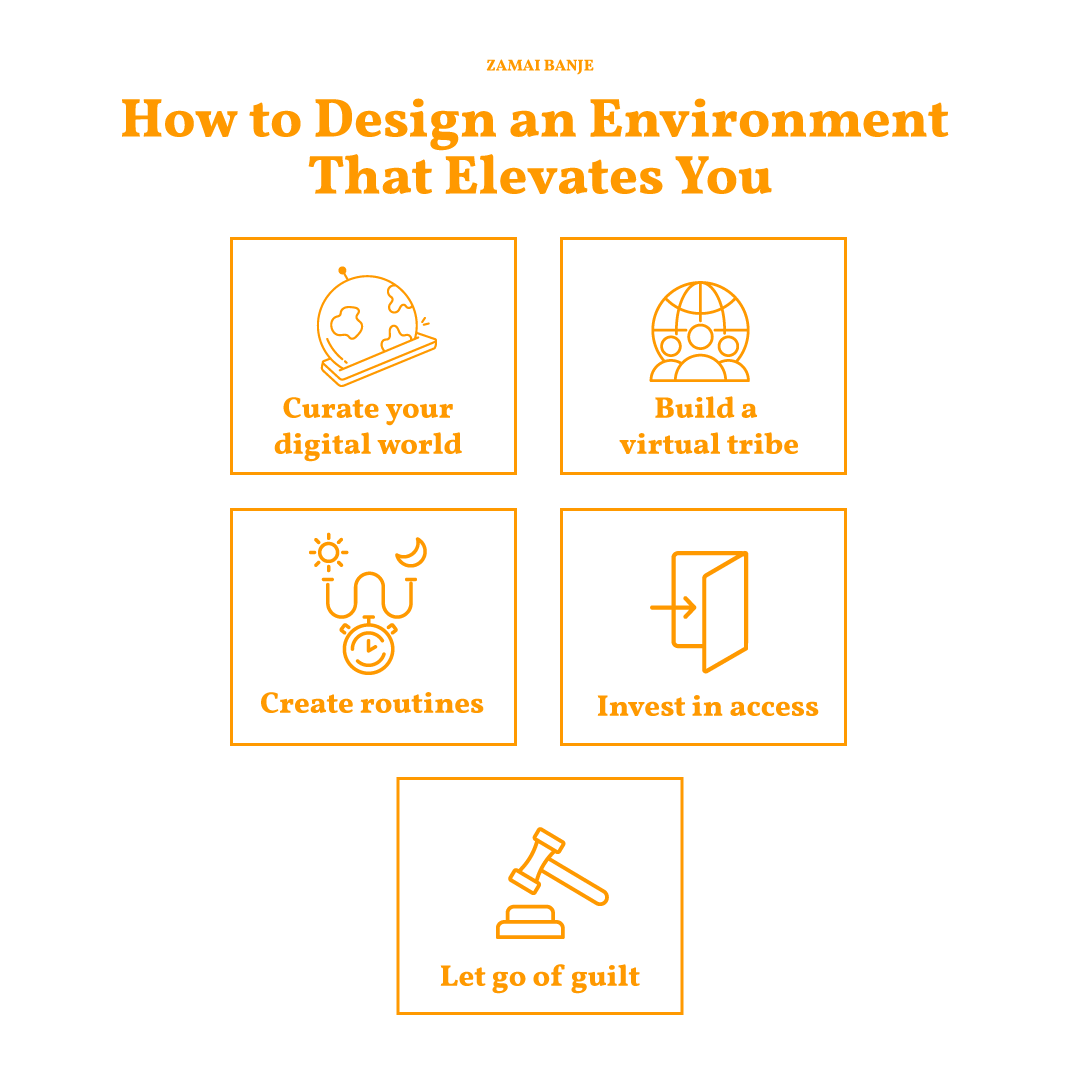
How to Design an Environment that Elevates You
The Final Truth
You can’t fulfil your destiny in soil that rejects your roots.
Sometimes, destiny isn’t about discovering who you are; it’s about finding where you belong. Your skills. Your discipline. And your faith. They all need the right climate to thrive.
So, if life feels harder than it should be, look around before you look within.
Your next breakthrough might not be in more effort; it might be in a new environment. You owe it to yourself to plant your life where it can truly grow.
Environment is destiny. Choose yours carefully.
Whenever you’re ready, there are 3 ways I can help you:
- Become Your Highest Self: Every Sunday, I share actionable tips from successful people on how to master money, mindset and meaning. (Please confirm your subscription on the first mail received so the newsletter does not go to junk.)
- Fast Track Book: Stay relevant, master new skills, and be ready for whatever life throws at you. This is the complete roadmap to speed up your learning process and expand the opportunities available to you. Available on Amazon.
- Personal Wealth Maximizer: Take control of your finances and build financial freedom. The Personal Wealth Maximizer give you the exact knowledge and tools to break free from money struggles and build financial confidence.


